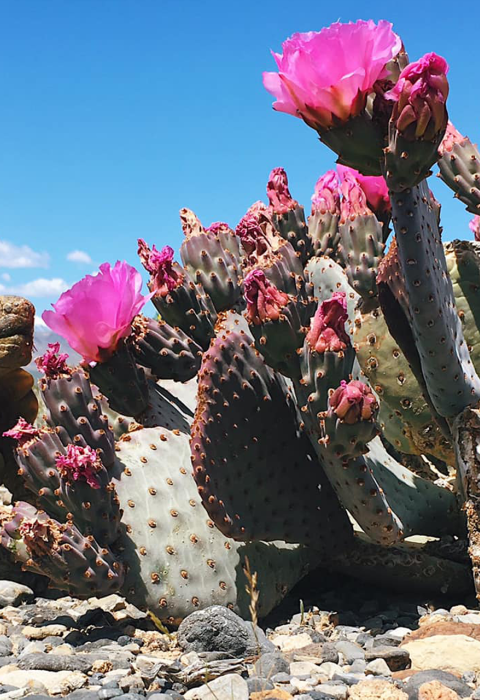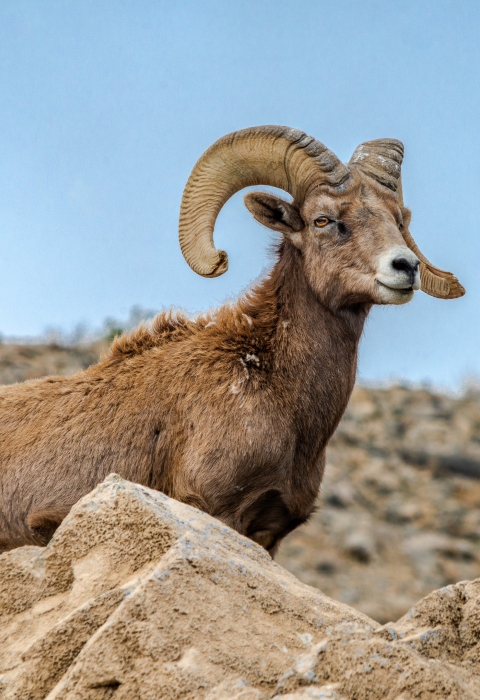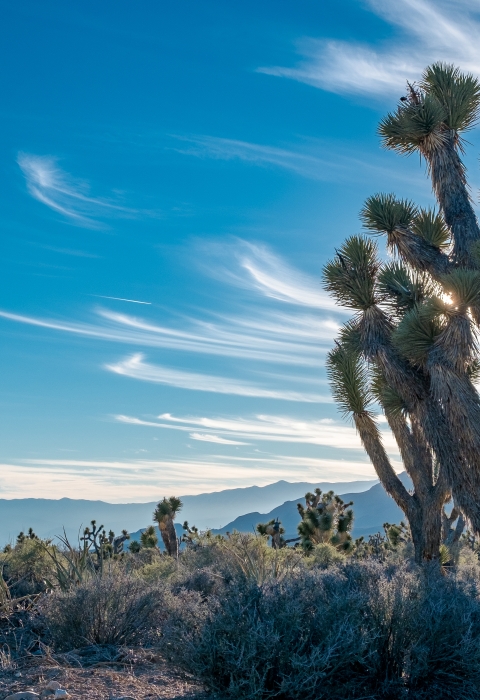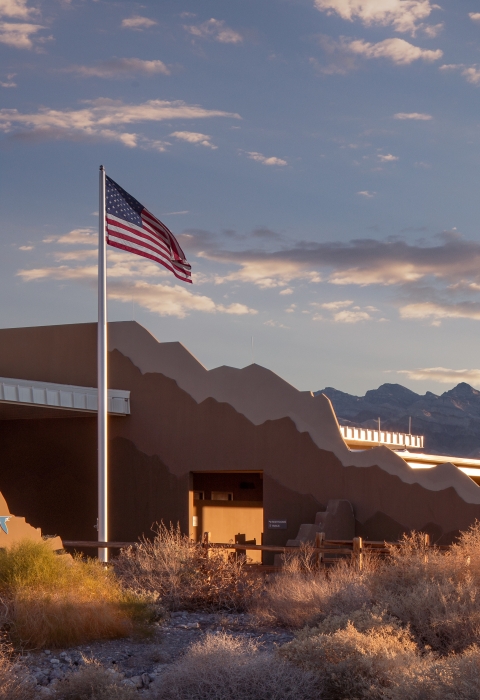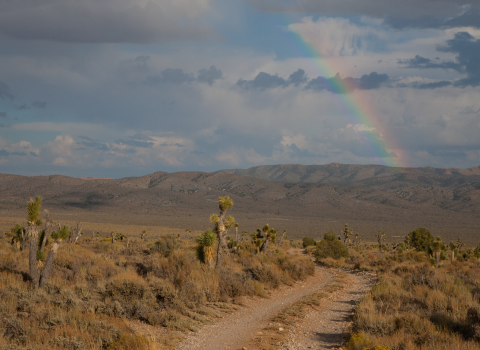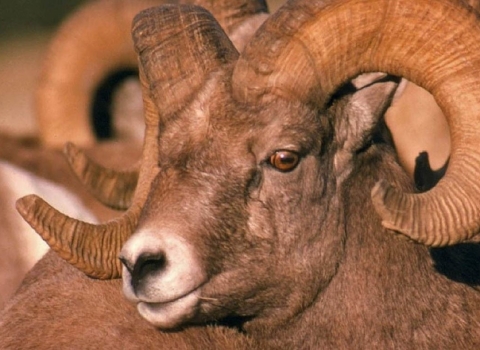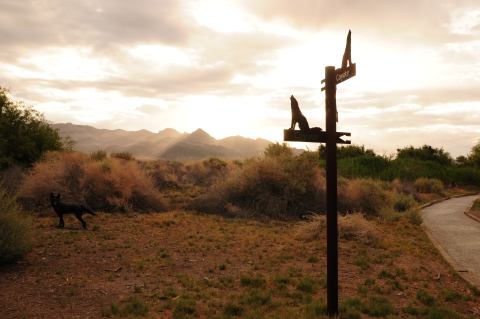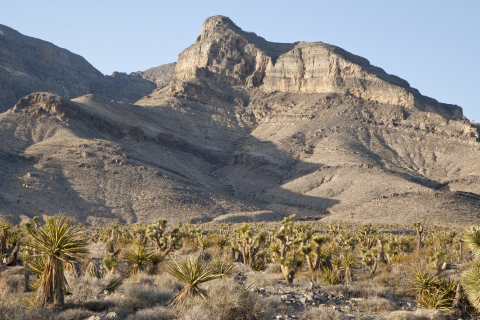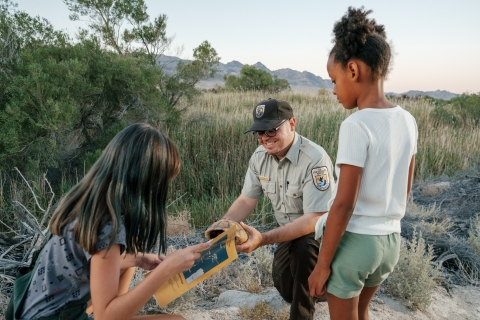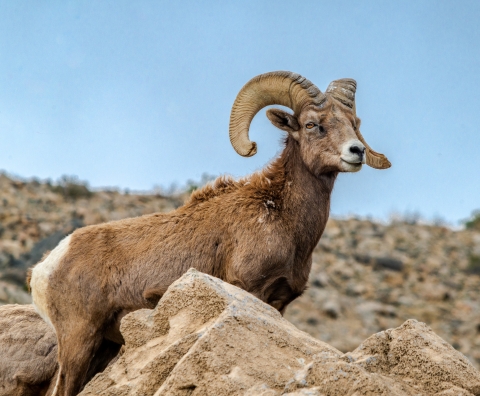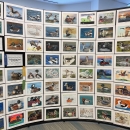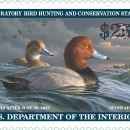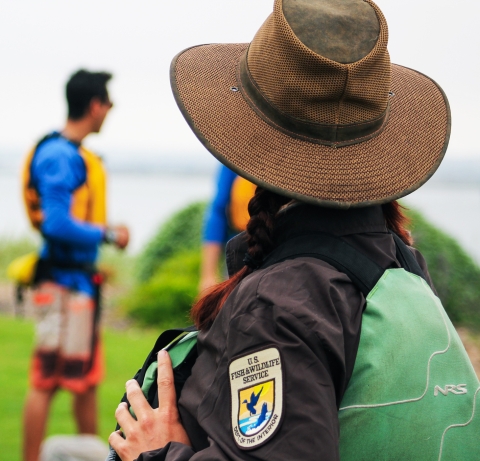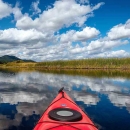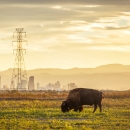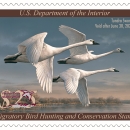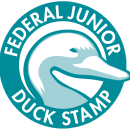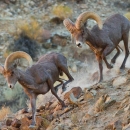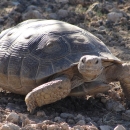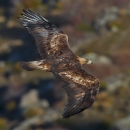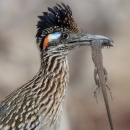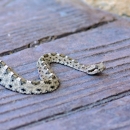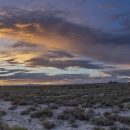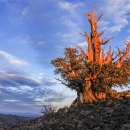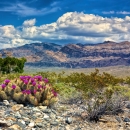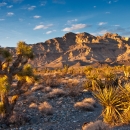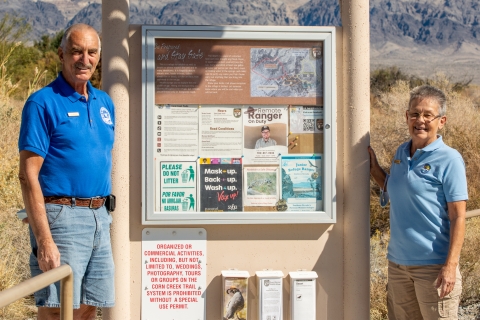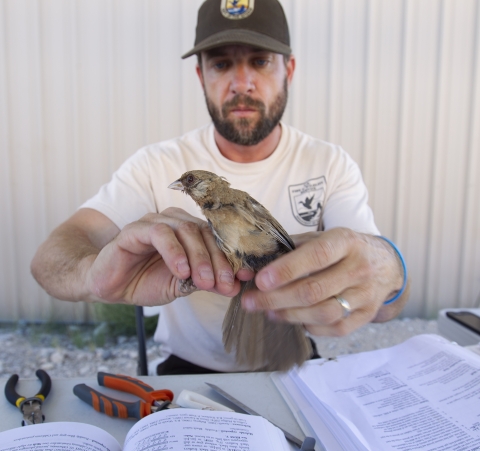Visit Us
Visitor Center
Thursday - Monday*
8:00 am - 4:00 pm
Closed Tuesday and Wednesday.
*NOTE: The visitor center will be closed on Mondays through November 2023. We will resume Monday operations in December.
The trails and restrooms at the Visitor Center are open every day from sunrise to sunset.
The refuge backcountry roads are accessible 24 hours a day. Please check the current road conditions before setting out.
Location and Contact Information
About Us
Straddling the Mojave and Great Basin Deserts, the Desert National Wildlife Refuge protects a wide variety of ecosystems across a diverse landscape. The refuge was established in 1936 in order to provide habitat for the desert bighorn sheep and other desert wildlife. Today, it is the largest wildlife refuge outside of Alaska. All told, it protects hundreds of different species of plants & animals across seven different life zones.
Tours
To schedule a program, tour, or field trip of Desert National Wildlife Refuge, contact Jennifer Heroux at 702-515-5453, or via email at jennifer_heroux@fws.gov.
What We Do
Every national wildlife refuge national wildlife refuge
A national wildlife refuge is typically a contiguous area of land and water managed by the U.S. Fish and Wildlife Service for the conservation and, where appropriate, restoration of fish, wildlife and plant resources and their habitats for the benefit of present and future generations of Americans.
Learn more about national wildlife refuge was created for a special purpose. Some were created to protect migratory birds, others to protect threatened or endangered species or unique habitats, while others fulfill another special purpose. Desert National Wildlife Refuge was established to protect the Desert Bighorn Sheep and other desert wildlife. All activities allowed on the refuge must be evaluated to make sure each activity will not conflict with the reason the refuge was founded.
Our Organization
The mission of the U.S. Fish & Wildlife Service is "working with others to conserve, protect, and enhance fish, wildlife, plants, and their habitats for the continuing benefit of the American people."
Our Species
Although Desert NWR was established to protect the desert bighorn sheep, countless other species have benefited from these protections. Today, the refuge is home to over 500 species of plant, over 320 species of birds, 52 species of mammals, 32 species of reptiles, and so much more.
Get Involved
Whether you want to further conservation, learn more about nature or share your love of the outdoors, you’ve come to the right place. National wildlife refuges provide many opportunities for you to help your community by doing what you love. National wildlife refuges partner with volunteers, youth groups, landowners, neighbors and residents of urban communities to make a lasting difference. Find out how you can help make American lands healthier and communities stronger while doing something personally satisfying.
Projects and Research
At Desert NWR, there are a variety of opportunities for projects and research, including citizen science. A special use permit is required for most activities.
